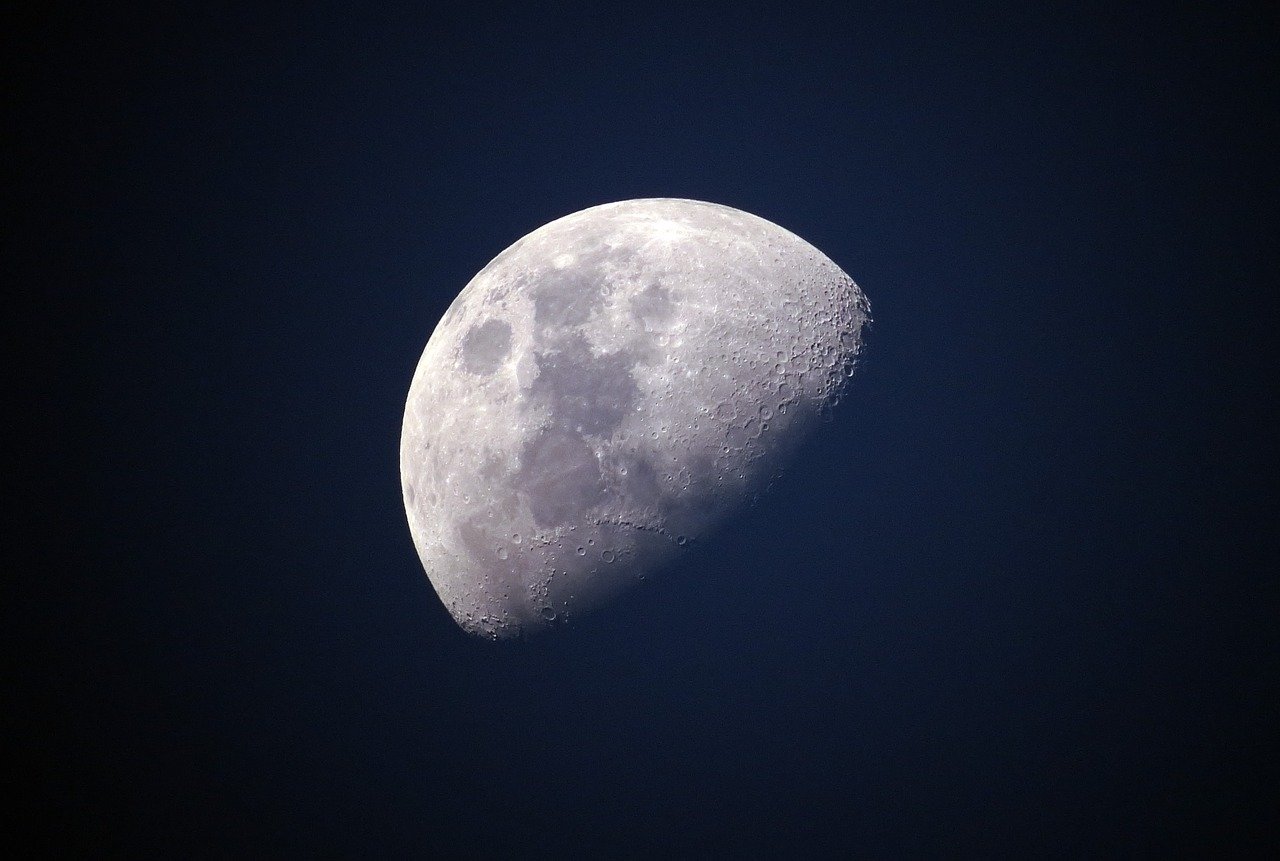And finally… bugging out

Scientists have discovered an innovative way to repair lunar bricks using bacteria, a breakthrough that could strengthen future Moon habitats.
Building on the Moon is challenging due to extreme temperature fluctuations and constant meteorite impacts, which cause cracks in construction materials. Traditional Earth-based repair methods, like polymer fillers, are impractical due to limited resources in space. To address this, researchers at the Indian Institute of Science (IISc) have turned to Microbially Induced Calcium Carbonate Precipitation (MICP), a natural process where bacteria produce calcium carbonate to reinforce materials.
The key player in this method is Sporosarcina pasteurii, a bacterium capable of breaking down urea into carbonate and ammonia. When calcium ions interact with these carbonate ions, calcium carbonate crystals form, binding lunar soil particles together. Researchers mixed lunar soil simulant with these bacteria, calcium, and urea to create a slurry that effectively seals cracks and strengthens bricks. The addition of biopolymers like guar gum further enhances the material’s durability.
Previously, scientists demonstrated that this bacteria-based process could create bricks from lunar and Martian soil simulants. Now, they’ve shown it can also repair sintered bricks, significantly improving their structural integrity and resistance to damage. The repaired bricks withstood temperatures from 100°C to 175°C, surpassing expected lunar conditions.
A major advantage of bacterial repair is sustainability. Traditional cement production emits significant carbon dioxide, whereas bacterial cementation reduces emissions and energy consumption. With recent discoveries of lunar ice deposits, future astronauts could harvest water for bacterial processes, making the method fully viable on the Moon.
Despite promising lab results, questions remain about how these bacteria will function in real lunar conditions, particularly under extreme radiation and low gravity. To investigate this, IISc scientists plan to send Sporosarcina pasteurii into space aboard India’s Gaganyaan mission to test its growth and mineral production in microgravity.
If successful, this self-healing brick technology could revolutionise lunar settlement, reducing the need to transport building materials from Earth and ensuring long-term structural stability for Moon bases. These tiny bacteria may play a critical role in shaping humanity’s extraterrestrial future.





















